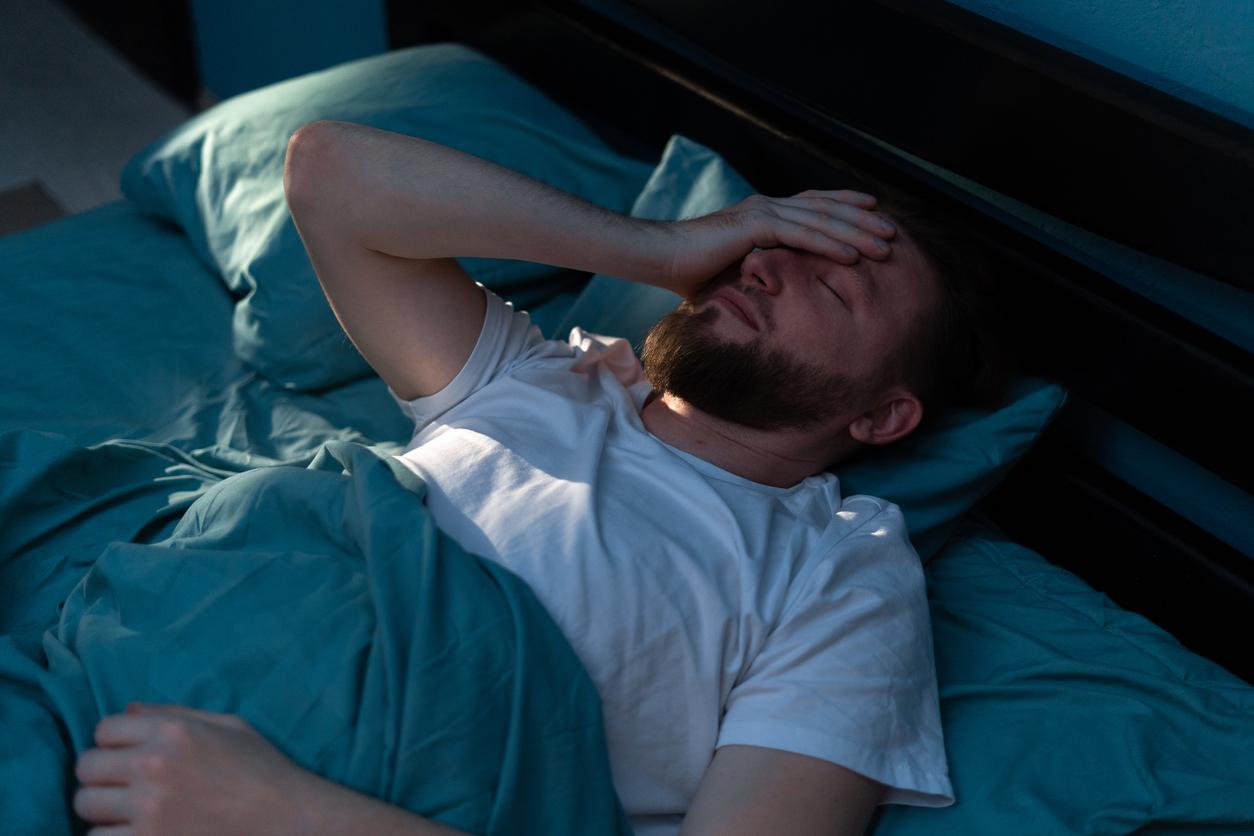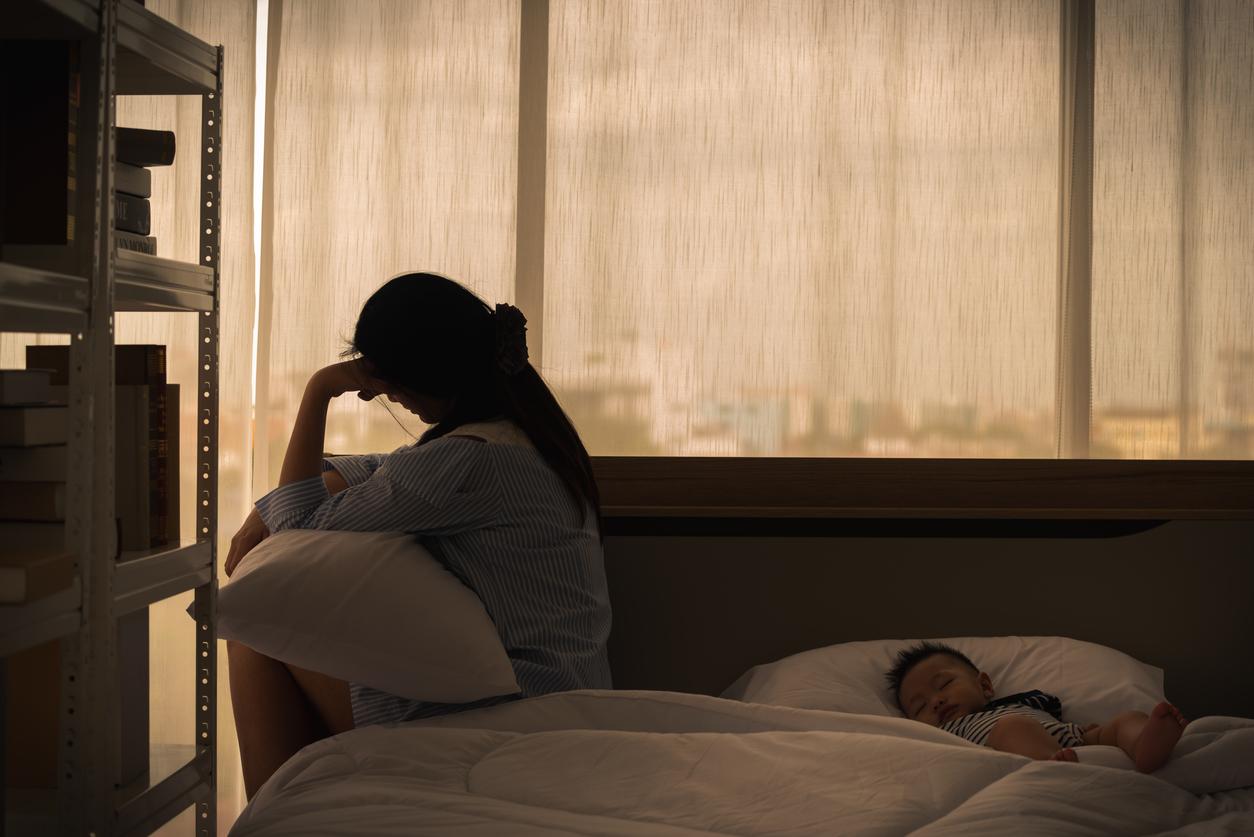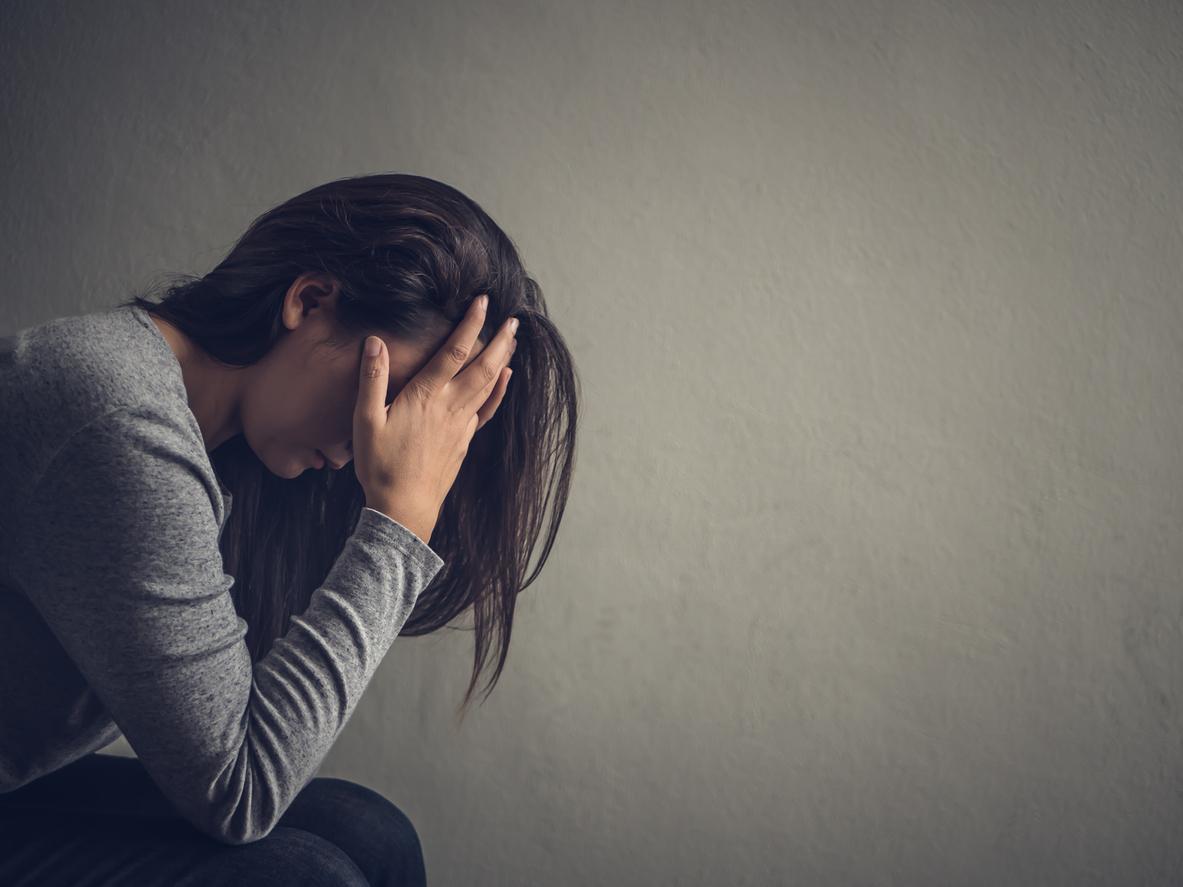For the 15-24 age group, suicide has been the second leading cause of death for over 30 years. For the children under 13, it is ranked 5th.
However, warning signs can be detected. To fight against this scourge, the High Authority for Health (HAS) publishes recommendations for health professionals, as part of its “Psychiatry and mental health” program 2018-2023.
Signs to spot
Suicidal thoughts should not be taken lightly and should be spotted. HAS recalls that dark thoughts in adolescence tend to be trivialized, “it is common to think that the period of adolescence is difficult for everyone”, mentions the press release. But some signs should attract attention:
- Recurrent drug and alcohol use
- Sudden change in the behavior of the child or adolescent
- Suicidal comments and acts of self-harm
The HAS explains that communication with the child is the key and recalls a series of tests -The Bullying Insomnia Tobacco Stress Test, The Ask Suicide-Screening Questions, The Columbia Suicide Severity Rating Scale- intended to assess the mental health of the young patient and to know where he stands in relation to addictions, if he is being bullied…
Assess the child’s vulnerability and act according to the urgency
Several steps are to be taken, according to the HAS, to establish a complete report in a climate of confidence: “adequate place, climate of empathy, non-judgment and benevolence, respect for confidentiality” and an interview with the parents. The question of social networks must also be addressed.
Then the vulnerability of the child or adolescent must be estimated according to several levels. In the short term, the suicidal urgency is estimated. If it is high, suggesting that he could act out very soon, he must be taken to the emergency room. If the urgency is low or medium, outpatient management should be considered. Suicidal vulnerability must also be evaluated over the long term for the young patient, in order to establish a follow-up.
The objective is of course to reduce the passages to the act, but also all the consequences which result from the attempts, like the handicaps.
Source: Suicidal thoughts in children and adolescents: identifying, evaluating and guiding treatment, September 30, 2021, HAS.
Read also:
- Anxiety, depression in children or adolescents… What signs should alert parents?
- Prostitution of minors: how does the State intend to act?
- Child/teen shrink package: how to benefit from it?


















